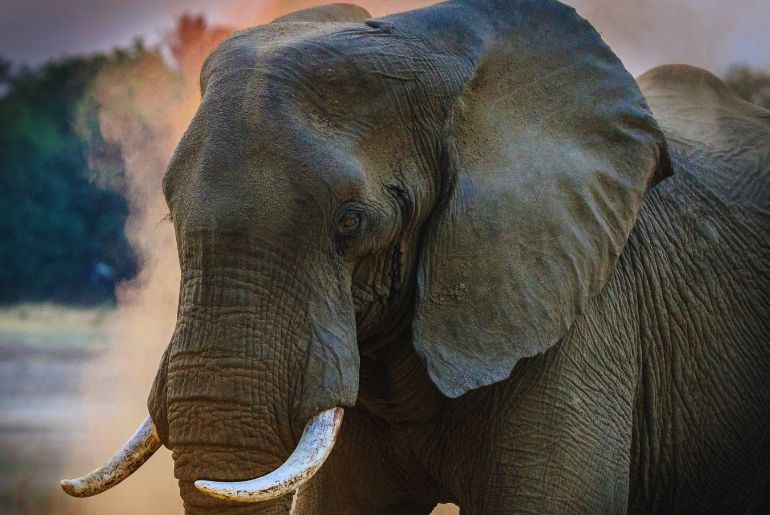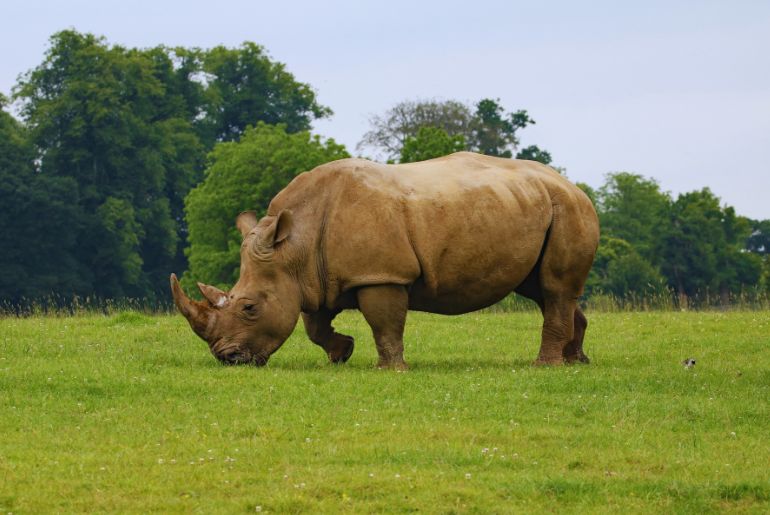We have heard many shocking incidents of poaching in the past years. From killing tigers for their skins to poaching elephants for ivory, hundreds and thousands of animals get killed for poachers’ greed, traders’ businesses, and consumers’ demands to get their hands on animal products, that too illegally. However, things are changing slowly as there has been a drop in the number of smuggling and trafficking incidents.
UN Shared Information About Global Wildlife Trafficking
The concerned departments work hard and take necessary actions to reduce poaching, smuggling, and illegal trading, and save the lives of thousands of wild animals. According to a report by The Indian Express, the number of incidents of poaching and trafficking incidents involving ivory and rhino horns has seen a decrease all around the world.
Angela Me is the Chief Research and Trend Analysis Branch of the United Nations Office on Drugs and Crime (UNODC). She recently shared that the recent information indicates a drop in the trade of elephant ivory. Among all the steps taken to reduce these terrible poaching and trafficking incidents, she specified that closing Chinese markets has contributed to lowering the numbers. Another useful point that also impacted reducing the market is tracking crime groups and taking steps against them.
In the past few years, the markets for elephant ivory and horns of rhinoceroses have seen a transformation significantly. Sadly, the update about the entire wildlife trafficking is not the same. The World Wildlife Crime Report of the United Nations stated how the number of wildlife trafficking is not noticing a proper lowering of cases and is still persisting.
Also read: Antarctic Wildlife At Risk As Ozone Hole Widens; Scientists Express Concern
What About The Entire Wildlife Market?
According to a report by The Hindu, authorities tracked down and took away a total of 116 leopard skins in Odisha. They found all these skins from poachers from 2018 to 2024. The World Wildlife Crime Report focused on wildlife trafficking all around the world between 2015 and 2021 and got hold of the necessary information. The findings revealed seizures of thousands of wild animals and plant species in about 162 nations.
The Smuggling in India Report stated that the Department of Revenue Intelligence recovered 1,652 species of amphibians, birds, mammals, and reptiles between 2022 and 2023. Incidents of such kinds have often been recorded in some Northeastern states of India.
Trafficking and trading skins, horns, and parts of wild animals are illegal and these can impose a risk to wildlife.
Cover Image Courtesy: Canva
For more such snackable content, interesting discoveries and the latest updates on food, travel and experiences in your city, download the Curly Tales App. Download HERE. First Published: May 14, 2024 7:06 PM







